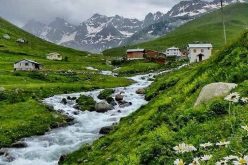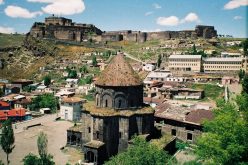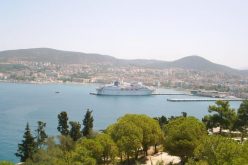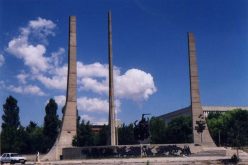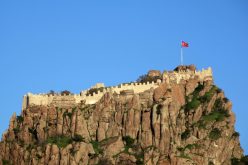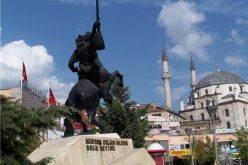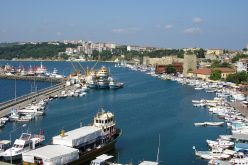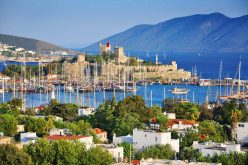Malatya
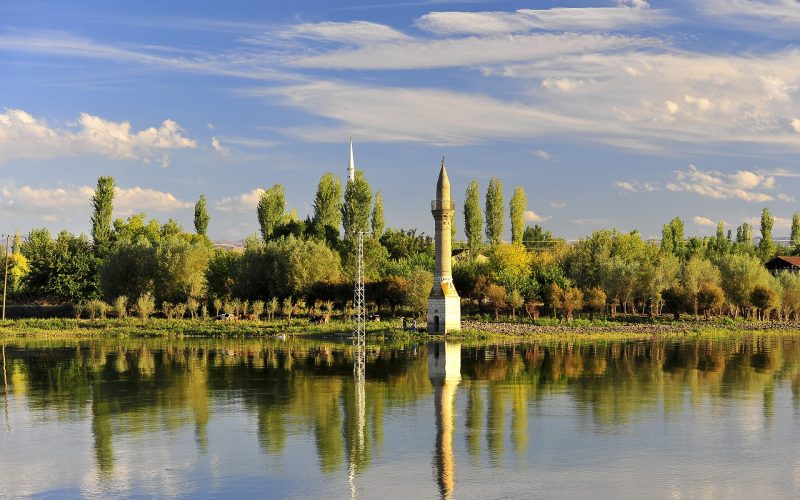
Malatya
The province of Malatya is located at the upper Fırat river basin area of the Eastern Anatolian Region in Turkey. The area had been inhabited since the Neolithic ages, mainly because of its geographic position at the crossroads of major trade routes; the famous Route of Kings and the Silk Road.
It is a busy modern city in a huge fertile region with a major agricultural industry thanks to its rich water supply, and is Turkey’s biggest apricot producer. It is a popular base from which to visit Nemrut Dagi, which is a day trip. Another interesting day trip is to Eski Malatya (Old Malatya), 12km north of the modern city, which is a ruined Roman town with remains of some old city walls, mosques and caravanserais. A continental semi-arid climate with hot and dry summers and cold and snowy winters. In summers (May onwards), daytimes are sunny and hot, enough to walk around comfortably in just a t-shirt, however, nights and early mornings are cool enough that you will want to pack along a jacket or a sweater.
Places to Visit ;
Malatya Archeological Museum: The museum, less than 1km south of the city centre, has findings from excavations in Fethiye, Gelinciktepe, Pirot, Caferhöyük, Imamoglu and Aslantepe. Exhibits include ceramic statuettes, eye-drop and scent bottles from Asurian trade colonies, tile plates of Byzantine period and relics from the Old Bronze age. There are also exhibits unearthed from excavations at Aslantepe and Lower Euphrates Project before it was flooded by the Keban Dam in the 1960s, and ethnographic works.
Museum Tel: (0422) 321 3006.
Opening hours: 08:30 – 12:30 & 13:30 – 17:00,
Closed on Mondays.
Aslantepe Hill: This is one of the most excavated ancient sites
Central Anatolia: The hill is in the Orduzu quarter of Malatya, 6 km east of the city centre. The scientific excavations initiated in 1932 still continue today, and have so far unearthed seven different layers dating back from the Calcolithic Age to the Romans, with the major settlement layer formed in the late Hittite period. During this period Aslantepe was the centre of Melidia, as the city was previously known. The limited remains include the palace, dating from the end of the 4th millennium BC, wall paintings, and what is left of a Roman village. Telephone of the Museum: (0422) 337 1002
Opening hours: 08:30 – 12:30 & 13:30 – 17:30,
closed on Mondays.
Nemrut Mountain At the junction of the East and West civilisations, Mount Nemrut ( in Turkish ‘Nemrut Dagi’) is one of the most astounding sites in Turkey: A collection of colossal statues on a remote mountain 2150m high, adorning the temple and tomb of King Antiochus. Unknown until 1881 when an Ottoman geologist discovered these 10 metre-high stone heads, archaeological work began in 1953 to uncover their history. Nemrut Mount has since been a significant attraction, with thousands coming at sunrise and sunset to see the stones in the best possible light. It has been designated a World Cultural Heritage site by UNESCO, and is one of the most important National Parks in the country. In addition to the statues, the entire site includes art from the Commagene civilisation, the Eskikale (Old Castle), Yenikale (New Castle), Karakus Hill and Cendere Bridge. Most people use the nearby towns of Malatya, Kahta or Adıyaman as a base, and the road to the summit is only open from mid-April to mid-October because of heavy snow the rest of the year.
Castles Old Malatya Castle is located in the Old Malatya and covers a wide area. The construction of the castle had been initiated during the reign of the Roman Empire 1st Titus. The castle had attained its final form in the period of Byzantine Emperor Justinianus (522 – 565). Old Arapgir Castle was constructed on the hard rocks. The foundation of the castle is constructed from the block stones while the remaining sections are constructed from cut stones. The castle is a creation of Anatolian Seljukian period.
Doğanşehir Castle is located inside the borders of the Doganşehir district and has a pentagonal structure. The castle was constructed in the period of Romans.
Mosques and Mousoleums Major vaults and mausoleums of the province are Emir Ömer Mausoleum, Sıddı Zeynep Vault (Battalgazi) and Kanlı Vault (Battalgazi). Namazgah Mosque (Battalgazi) was constructed on a rectangular area outside ramparts of Battalgazi district by Seljuks in 1243. The surface of the mihrap( niche of a mosque indicating the direction of Mecca) was embellished with the authentic decorations of Seljuk art.
Ulu Mosque (Arapkir): The structure is estimated to have belonged to İlhanlı Government who ruled over Akapir in 1334.The structure has a big mihrap( niche of a mosque indicating the direction of Mecca).Its minaret and epitaph has been collapsed. Inns, Caravanserais and Bazaars Silahtar (Gunner)
Mustafa Paşa Caravanserai: The structure was built in Old Malatya (Battalgazi) on a rectangular field in 1632, by the gunner of the Ottoman Monarch Murat IV Bosnali Mustafa Pasa. Taşhan caravanserai is in the district of Hekimhan on the Malatya-Sivas highway, in Old Darende, and built in order to continue the traditions of Seljuk Monarch
Caravanserais. Bedesten: Part of the old market, this is a rectangular structure in the Old Darende district.
Write a Comment
Only registered users can comment.




